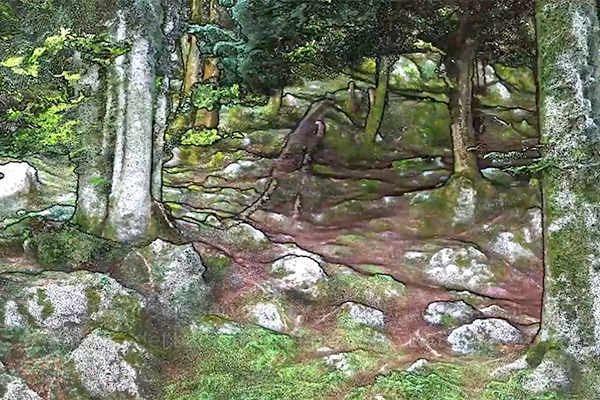LIFE BACCATA characterises more than a hundred yew groves in the Cantabrian Mountains and shows its work through this video
17-09-2021

The working groups of the LIFE BACCATA project have developed characterization work of the beech forests of the Aralar Natural Park, which forms part of the Natura 2000 Network, as it is a Special Area of Conservation. The work carried out has been reflected in the following informative video which explains how, through mapping, they have managed to find out the true occupation of this habitat where yew, holly, maple and lime trees coexist under the dominant dense beech forest. In order to understand the ecological relationship between dominant beech and subdued yew trees, monitoring plots have been created using the most advanced geomatics techniques.
The result is a 3D model with 16 million points that has been used to validate habitat improvement actions including fences to reduce herbivore pressure and silvicultural treatments emulating small natural disturbances. The yew groves respond by increasing fruit production and canopy growth, activating a chain of ecological processes that favour habitat dispersal.
These actions have contributed to improving the conservation status of a habitat considered of priority Community interest by the European Union.
The result is a 3D model with 16 million points that has been used to validate habitat improvement actions including fences to reduce herbivore pressure and silvicultural treatments emulating small natural disturbances. The yew groves respond by increasing fruit production and canopy growth, activating a chain of ecological processes that favour habitat dispersal.
These actions have contributed to improving the conservation status of a habitat considered of priority Community interest by the European Union.



